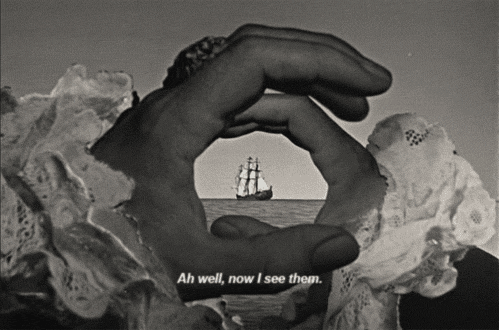
‘Like a psychedelic, eastern European Ray Harryhausen, Karel Zeman’s unique films create super-stylised environments and vivid fantasy worlds, using stop frame animation or combining stop frame creatures and live action actors. Not so much attempting to create a Harryhausen type effect of realism as invent whole new phantasmagorical universes, Zeman’s films are acknowledged as influential on groundbreaking contemporary directors such as Terry Gilliam, Jan Švankmajer, Tim Burton and many more. But the difference is that far from trying to create an impression of uniqueness, Zeman didn’t seem to think he was doing anything that weird at all, and the type of eccentricity and whimsy that seemed to come naturally to Zeman from within himself was perhaps adapted more as a self conscious, stylistic decision by others.
‘Born in Moravia, Zeman worked as a window dresser and poster designer and studying at business school. Following an early interest in Czech puppet theatre he moved to Paris to study commercial art and work in advertising. Returning to Czechoslovakia, Zeman continued in commercials until offered a job in the animation studio run by Hermina Tyrlova, one of the rare breed of leading early 20th century female animators and often called the ‘Mother of Czech Animation’. Zeman and Tyrlova then collaborated on Vanocni Sen (Christmas Dream, 1946) which won the award for best animated film at Cannes.
‘Soon after this in Zeman started his series of popular short children’s comic films featuring the character Mr Prokouk, but it was this extraordinary 1948 short Insparace (Inspiration), an ‘art film’ using miniature posed glass models and sets, which more defined his desire to push the envelope of stop frame and special effects to create unique dreamlike imaginary universes.
‘Later Zeman created his first feature Kral Lavra (King Lavra) in 1950 followed by his first live action/ animation film, Cesta du Praveku (Journey into History), a genre for which he would become world renowned. It was Zeman’s next film Vynalez Zkaky (The Fabulous World of Jules Verne, 1958) which brought wide international acclaim and which many consider his masterpiece. Based on Verne’s novel Facing the Flag and designed to look like the kind of illustrations that would have featured in the original publication, the sets and backgrounds in this Victorian style give the feel of a toy cardboard puppet show from that era except in this case containing real actors. A favourite on television in the 1960s the film is now rarely seen, and like the rest of Zeman’s beautiful work, is criminally neglected
‘Zeman followed this with other Jules Verne adaptations such as Na Komete (Journey by Comet) and the whimsical fantasy Baron Prasil (The Fabulous Baron Munchausen), seemingly influencial on Terry Gilliam’s later version of the tale; indeed, a lot of Zeman’s work seemed to influence Gilliam’s whimsical style. His later work includes a version of Sinbad (Pohadky Tisice A Jedne Noci, 1974) and the fantasy story of love conquering evil, Krabat (1977).’ — Stephen Cavalier
____
Stills



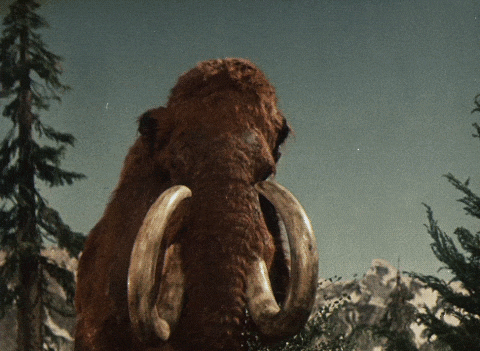

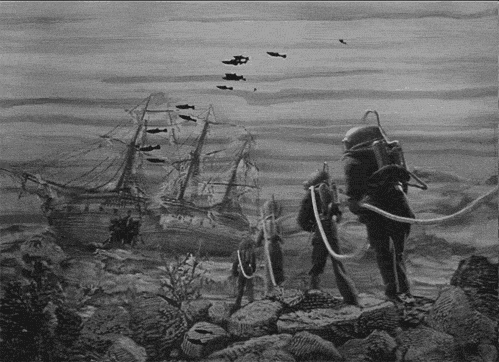

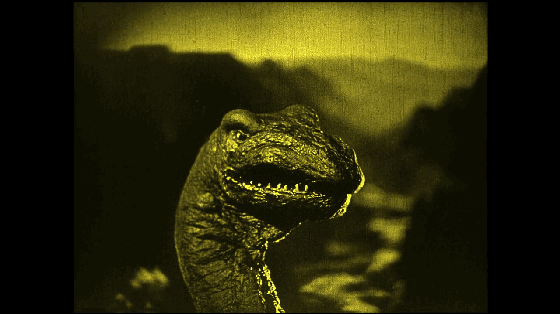


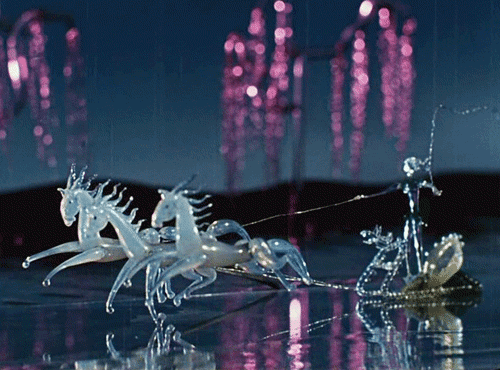
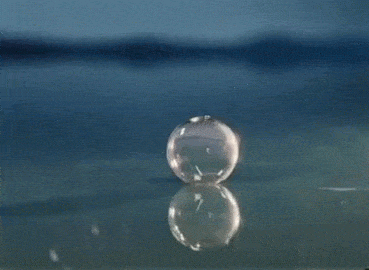
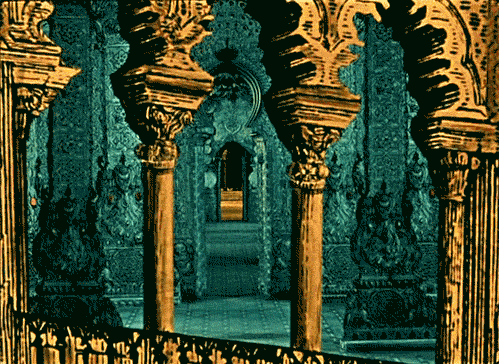
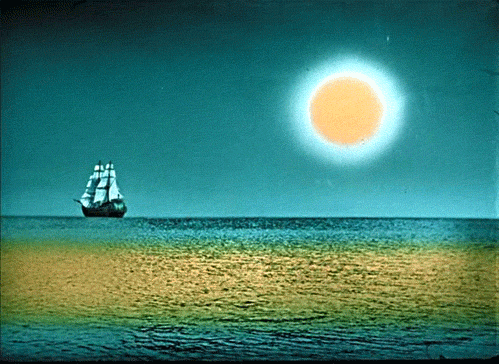
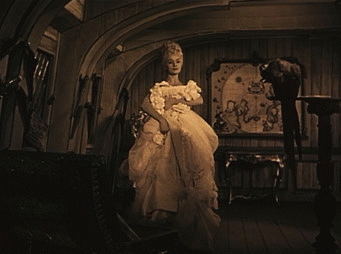
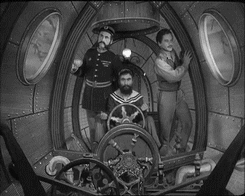

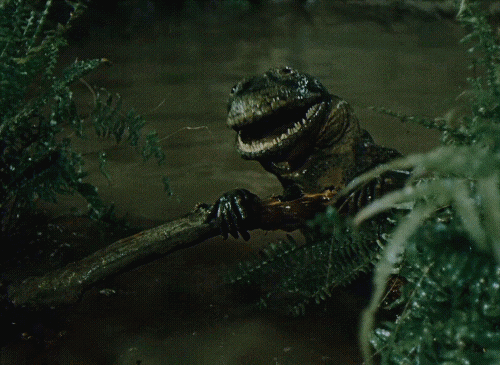



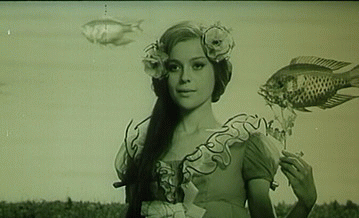


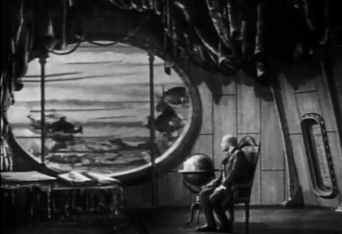
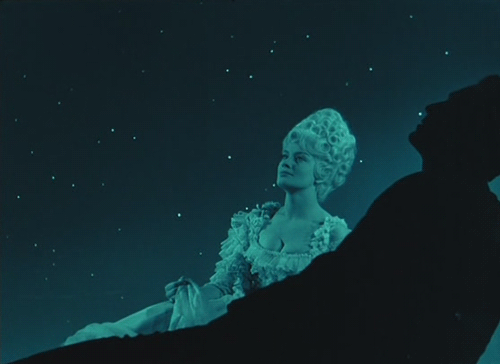
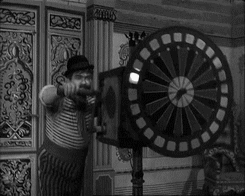

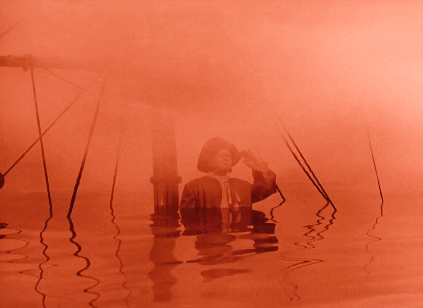
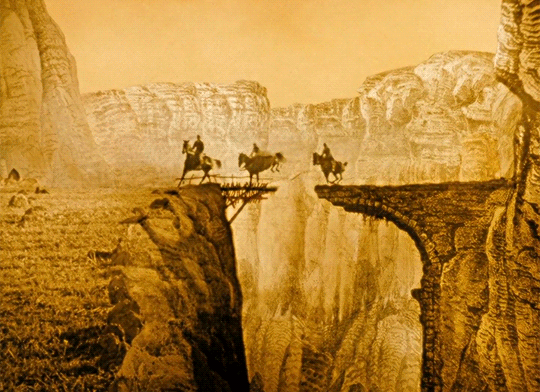

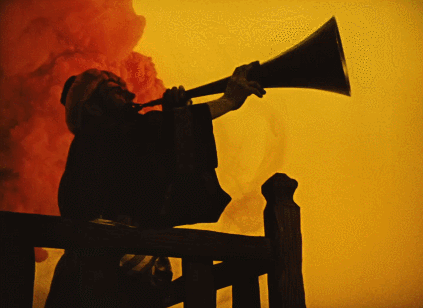
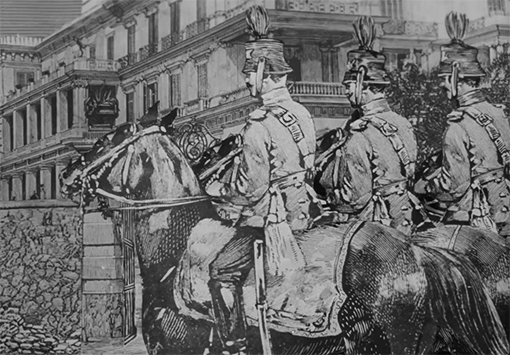


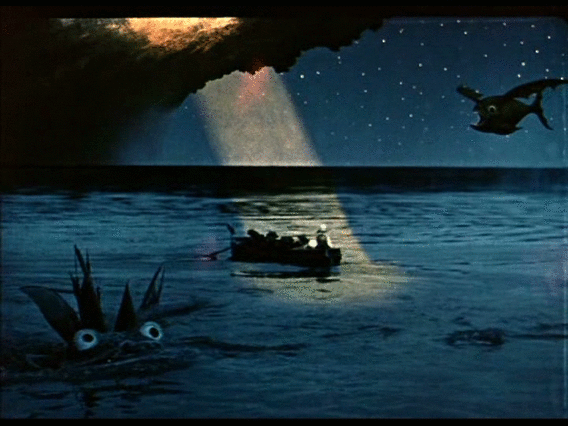
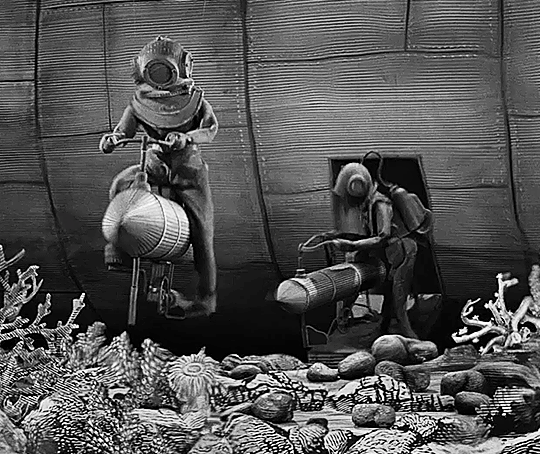
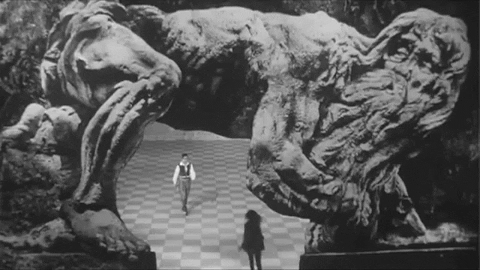
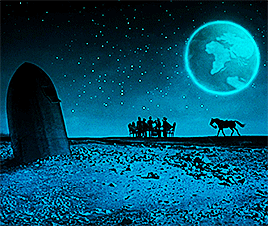
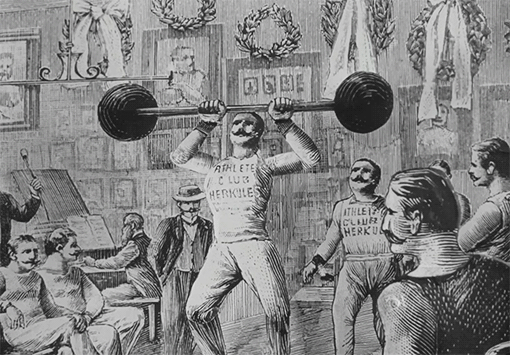

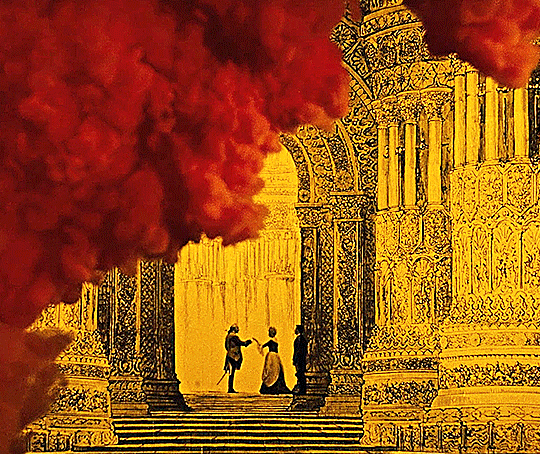

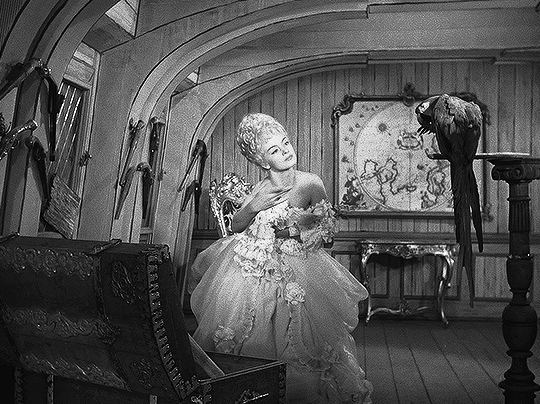
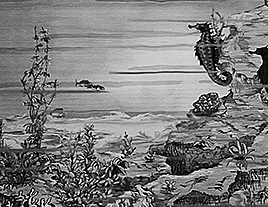
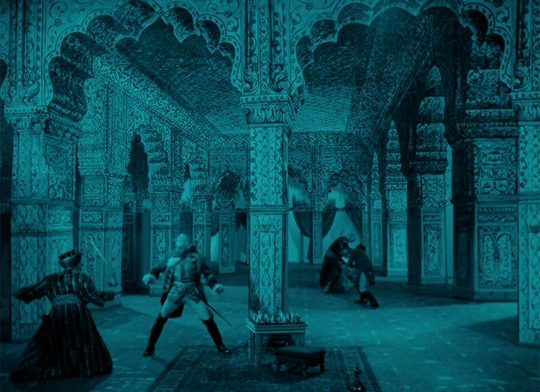
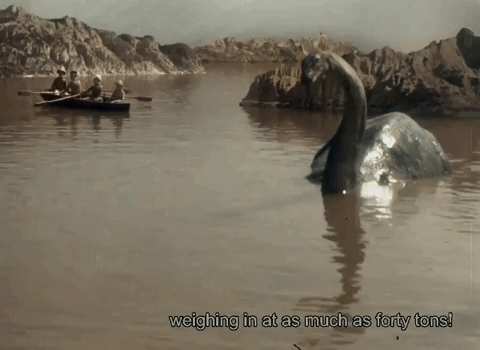
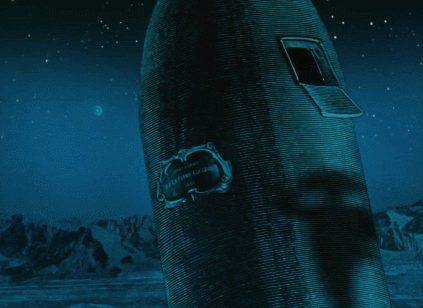
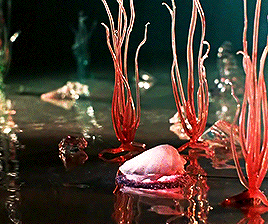


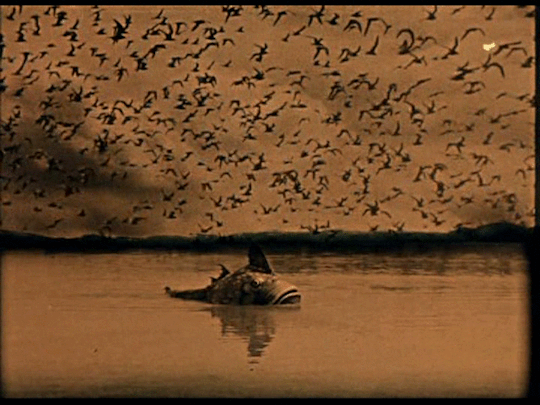
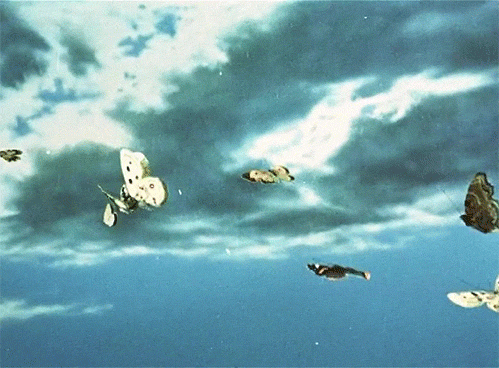
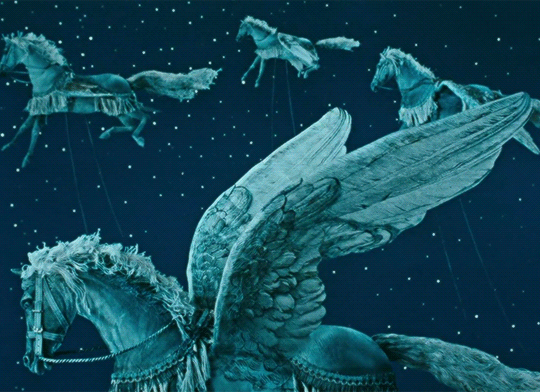

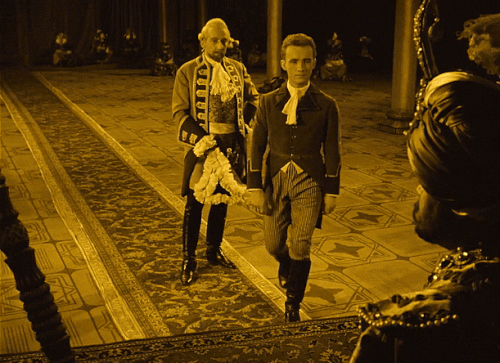




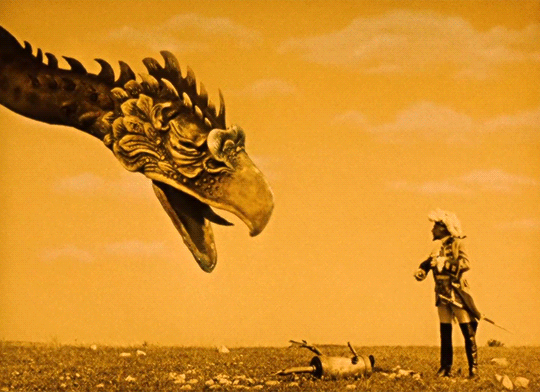
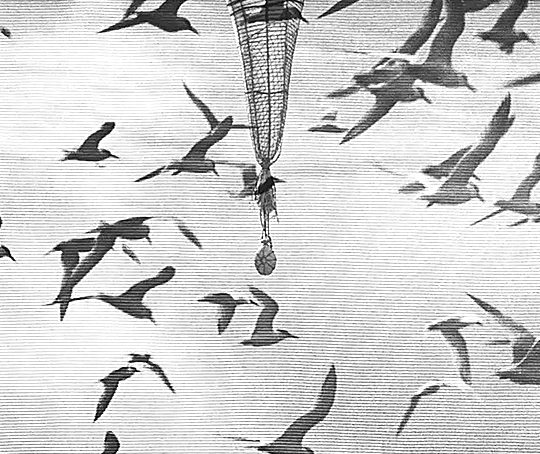


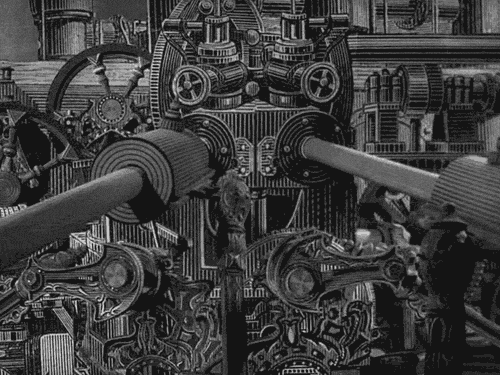
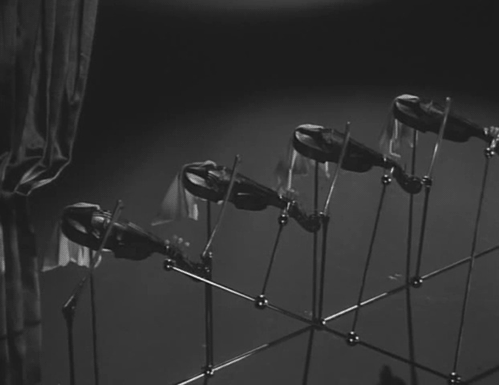

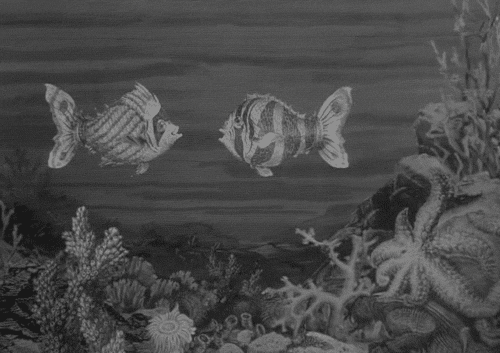
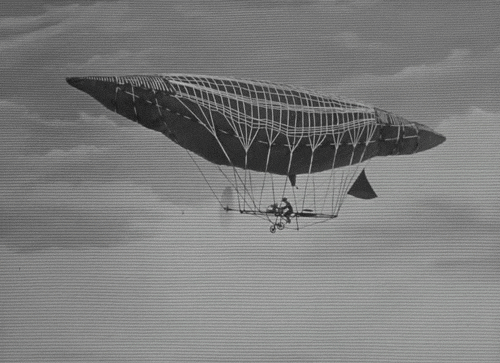
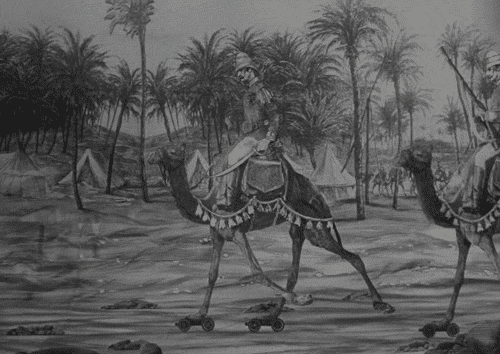
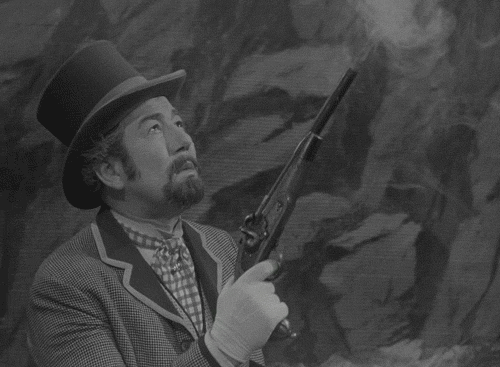
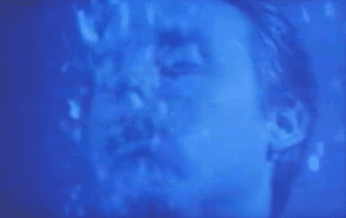
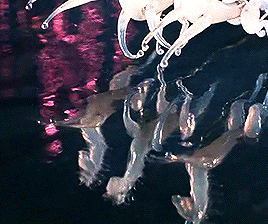

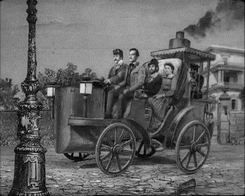
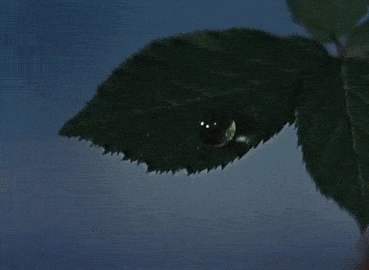
___
Further
Karel Zeman Museum
THE FABULOUS WORLD OF KAREL ZEMAN
Karel Zeman @ IMDb
Three Fantastic Journeys by Karel Zeman
Karel Zeman @ MUBI
The Faboulos World of Karel Zeman
Karel Zeman: Genius, who was ahead of his time
The world of Karel Zeman’s fantasy: where animation and real-life meet
100 Greatest Animated Shorts / Inspiration / Karel Zeman
Karel Zeman vfx inventor
STEPPING INTO THE PHANTASMAGORIC OTHERWISE WITH KAREL ZEMAN
A FIX OF FANTASY: REVIVING THE WONDROUS FILMS OF KAREL ZEMAN
____
Extras
The Special Effects of Karel Zeman: Movie Making Animation
Film director Karel Zeman shows off his impeccable practice FX skills
THE MAGIC WORLD OF KAREL ZEMAN
____
At work

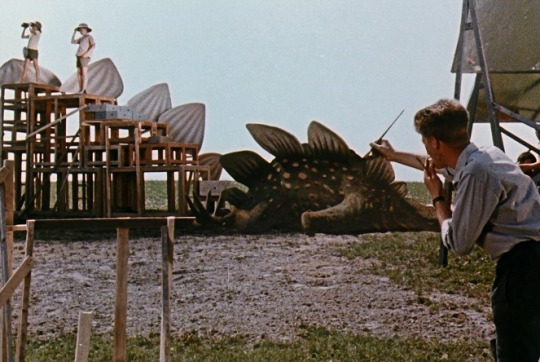



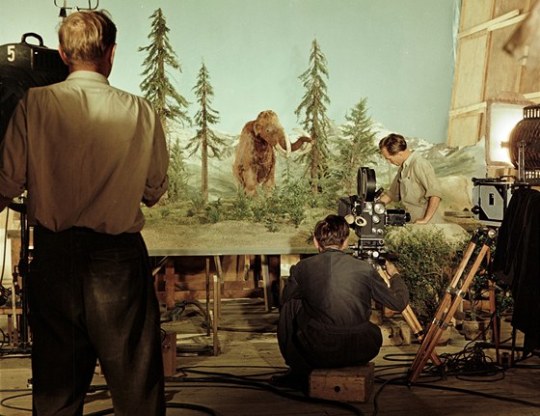


_____
Dreams of Jules Verne: Karel Zeman’s Invention of Destruction (Vynález zkázy)
by Wheeler Winston Dixon
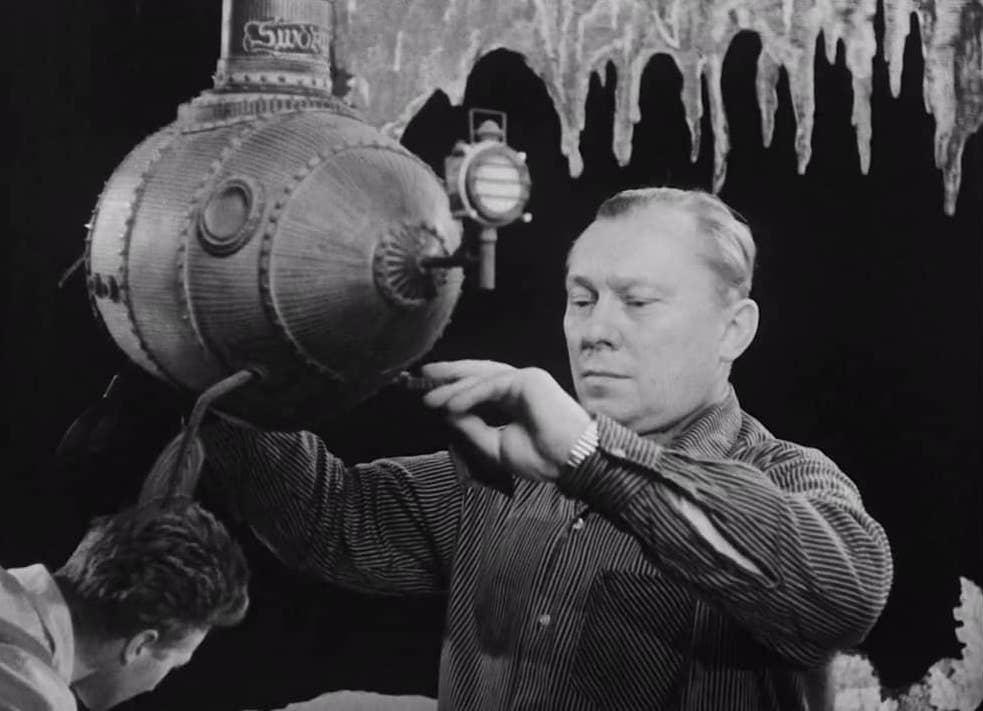
Like so many others in the United States, I was first exposed to Karel Zeman’s exotic adventure film Vynález zkázy (Invention of Destruction, 1958), when it was released in the West in a dubbed and retitled as The Fabulous World of Jules Verne in 1961. Zeman was one of the greatest of all Czech animators and special effects artists, and used a process unique in Vynález zkázy combining 19th century pictorial steel engravings with live action photography. This created a fantastic vision of what can be identified today as a steampunk past, where elaborate mechanical devices, hot air balloons, oddly constructed airplanes, submarines, and other infernal machines were brought to life in a manner at once poetic and yet deeply sinister.
Jules Verne (1928-1905) was in many ways one of the most forward thinking of all imaginative popular writers, and his works were both commercially and critically successful. Films such as De la Terre à la Lune (From the Earth to The Moon, 1865, famously made into an early film by Georges Méliès in 1902), Vingt Mille Lieues sous les mers (Twenty Thousand Leagues Under The Sea, 1869-1870), Le Tour du monde en quatre-vingts jours (Around the World in Eighty Days, 1872), and L’Île mystérieuse (Mysterious Island, 1874-75) consolidated his reputation as a prolific and prophetic futurist. Verne’s works have been filmed countless times, either as straight adaptations or updated versions, but Zeman’s film stands alone as perhaps the most faithful of all filmic versions of Verne on the screen. It embraces not only his then-fanciful (and now all too real) vision of the future, but also remains faithful to the iconic images of Verne’s own era.
As Alex Barrett notes, Vynález zkázy
“. . .sets about recreating the look of the woodcut and steel-engraved images illustrating the published texts: here, etching lines are painted onto sets and superimposed over shots of the clashing sea to give them an authentic, hand-drawn look. Furthermore, the film combines all manner of tricks and effects – double exposures, painted animation, cut-out animation, stop-motion animation, puppets, miniatures, models, stylized matte-paintings, and who knows what else – with its live-action footage to create a seamless blend of startling, crisp, black-and-white material . . . The film’s faithful recreation of the feel and look of Victorian illustrations . . . gives the film a tactile texture that would be impossible to create in our current CGI-dominated era. In fact, the film harks back to the days of Méliès and shares with the early pioneer a clear sense of wide-eyed wonder for the possibilities of cinematic fantasy.”
As the film’s title implies, the narrative for Vynález zkázy was cobbled together from various stories by Jules Verne, but for the most part finds its inspiration in Verne’s little known novel Face au drapeau (Facing The Flag, first published in 1879). This book predicted a future in which super powers would compete for weapons of mass destruction, and technology would be turned towards destructive ends. The film’s narrative runs along those lines; wealthy industrialist Artigas (Miloslav Holub) owns and operates a killer submarine that roams the oceans from its headquarters inside a huge volcano. It looks for boats to sink for treasure, reminiscent of Captain Nemo’s exploits in 20,000 Leagues Under the Sea.
As the film opens, Artigas kidnaps the distinguished scientist Professor Roche (Arnošt Navrátil) and his assistant Simon Hart (Lubor Tokoš), giving them unlimited access to the latest equipment to create an explosive device with which Artigas can rule the world. Hart is suspicious, but Roche – an impractical idealist oblivious to Artigas’s real aims – persists in working for the power-mad would-be dictator. Roche’s daughter Jana (Jana Zatloukalová) is taken hostage when Artigas’s submarine rams the Amelie (a ship on which she is a passenger), and Hart and Jana fall in love. Hart comes up with a plan to get news to the outside world, and eventually foils Artigas’s plans.
Though released as a children’s film in its English-language version, Vynález zkázy was originally marketed as a prestige art film. It screened at Expo 58 in Brussels, and won the Grand Prix at the Brussels International Film Festival. André Bazin gave the film a rave review in Cahiers du cinema, and Alain Resnais named it one of the ten best films of 1958. What gave the film its surreal and almost transcendent quality was Zeman’s life long love of Verne, and his agility and skill in creating striking visual effects to bring Verne’s stories to life.
As Zeman himself noted in a short film about Vynález zkázy, “Jules Verne was a dreamer. He was a dedicated follower of technology, but he saw it through his own eyes, and the eyes of his time. But with his vast imagination, he created a whole world of magical things imbued with a delightful naiveté, which charms us even today.” His daughter Ludmila adds, “my father continued in this Vernean tradition. As a child, I remember I had all the books with those beautiful engravings. I really can’t visualize the story any other way”.
An entrancing combination of stop-motion animation, period engravings, and a whimsical sense of humor pervades the film. The flying machines are fantastic contraptions, and one even gets a glimpse of an early attempt at a motion picture camera which Artigas captures, which displays the fanciful newsreels, all accompanied by a haunting score by Zdeněk Liška. The addition by this distinguished Czech composer suits the flavor of the film, by turns forceful, melancholic, or nostalgic as the mood requires.
Perhaps the most commercially successful Czech film ever released in the West, in its Americanized version as The Fabulous World of Jules Verne was hailed by Pauline Kael as a “wonderful giddy science fantasy [which] sustains the Victorian tone, with its delight in the magic of science, that makes Verne seem so playfully archaic”. Zeman’s other films are equally marvelous in their use of period special effects and 19th century technology. But it is perhaps in Vynález zkázy that Zeman created his finest and most accessible film, now in the pantheon of the greatest hybrid animation/live action films ever made. Vynález zkázy is an imaginative delight, and a stunning personal achievement. Once seen, never forgotten.
_______________
13 of Karel Zeman’s 33 films
_______________
Rêve de Noël (1946)
‘Christmas has arrived. As a little girl and her parents enter the room, the little girl finds all kinds of toys under the Christmas Tree. She immediately throws her old doll aside and starts playing with her new dolls. But that night she has a dream. Or isn’t it a dream…’ — IMDb
_____________
Inspirace (1948)
‘Apparently made as the result of a wager Zeman accepted that he wouldn’t be able to make a stop motion film using glass, most of the figures in Inspiration are seemingly reheated and reshaped for every frame of movement to create remarkably fluid figures in a unique stop frame world. Bookended by live action sequences, Inspiration is mainly a series of animated vignettes set inside a universe contained within a drop of water. Beginning with lovingly filmed semi abstract technicolour images of light and colours refracting, reflecting and blurring through glass and water, (putting me in mind of a music video director I worked with who used to move pieces of broken glass about right in front of the camera lens for that trippy psychedelic effect) we see an artist who’s gaze settles of raindrops on his window as he stares out in search of inspiration. Whether the artists (or indeed Zeman’s) mind has been expanded by some particularly potent Czech absinthe or such like we can only speculate but he seems to achieve a moment of enlightenment as, in a series of films within films, he imagines worlds within worlds contained in the water droplets.’ — Stephen Cavalier
______________
King Lavra (1950)
‘A half-hour stop-motion puppetoon by Karel Zeman, King Lavra (Kral Lavra, 1950) was based on a fairy tale poem by Karel HavlÌcek Borovsky. It is deceptively “cute,” set in a pre-machine age puppet town, starting off with the mild adventures of a cart driver & his donkey. When the donkey is parted from the driver, it begins braying, & all the mules in the city follow suit, until the cacophony awakens King Lavra asleep in his throne, whose ears are unusually atuned specifically to the sound of jackasses.’ — Paghat the Ratgirl
______________
M. Prokouk inventeur (1954)
‘After a hard day at work, Mr. Prokouk decides to invent a machine to ease his labor. But inventing is work too, and Mr. Prokouk spends more time dreaming about inventions than actually inventing anything. Can he find an easy solution?’ — IMDb
______________
A Journey to the Beginning of Time (1955)
‘A beguiling mix of natural history and science fiction, this early feature by Karel Zeman follows four schoolboys on an awe-inspiring expedition back through time, where they behold landscapes and creatures that have long since vanished from the earth. Hewing closely to the scientific knowledge of its era, Journey to the Beginning of Time brings its prehistoric beasts alive through a number of innovative techniques—including stop-motion, puppetry, and life-size models—creating an atmosphere of pure wonderment.’ — The Criterion Collection
______________
Invention for Destruction (1958)
‘The most successful Czechoslovak film in history, which became a global phenomenon in 1958. In New York alone it was screened simultaneously in 96 cinemas. This fantasy adventure won a number of prestigious awards, including the Grand Prix at EXPO 58 in Brussels.
‘This is the first of Zeman’s films to be inspired by Jules Verne, in which the director tries out a new style of art direction, which he was later to develop even further. The story-book sets, striking design and innovative music of Zdeněk Liška – all contribute to the unique appearance of this thrilling story with its antiwar subtext. The black and white narrative is deeply influenced by the classic engravings of Édouard Riou and Léon Bennett – the original illustrators of Verne’s novels.’ — Muzeum Karla Zemana
_____________
The Fabulous Baron Munchausen (1962)
‘Of all the takes on the oft-filmed debonair teller of outlandish heroic tales introduced to the literary world in Rudolf Erich Raspe’s Baron Munchausen’s Narrative of his Marvellous Travels and Campaigns in Russia (1785), Karel Zeman’s remains the most novel, formally and narratively. With its imagery tinted like Victorian postcards and with colour applied with Expressionistic gusto, it’s surely the most beautiful, too, as it melds live-action with cut-out and other forms of animation, rhyming all awhile with a dreamlike Zdeněk Liška score.
‘Zeman tookGottfried August Bürger and Gustave Doré’s interpretations of Raspe’s Munchausen stories, in text and engravings respectively, as springboards for a febrile re-imagining of the Munchausen mythos in which he populated his film with not one Munchausen figure but, ultimately, two.
‘A further point of distinction is Zeman’s idea to link the long bygone times of the source material with contemporary events. Avowedly to differentiate his film from the well-known WWII-era, German Münchhausen (The Adventures of Baron Munchausen, Josef von Báky, 1943), Zeman’s idea was “linking a modern man with the past, using the Moon-flight”. While an actual moon landing would still be several years away, Russian Yuri Gagarin sensationally become the first human to enter outer space contemporaneously with the production of this film.
‘Further inspiration was drawn from two key figures with whom Zeman is often associated: Georges Méliès and Jules Verne, both no strangers to lunar stories themselves.’ — Cerise Howard
Trailer
Excerpts
Excerpt
_____________
A Jester’s Tale (1964)
‘After three feature length triumphs mixing live-action with animation, Karel Zeman took a departure from sci-fi and fantasy missions implausible and instead engaged mockingly with terrible historical fact. With A Jester’s Tale, Zeman presented an entertaining spoof of the Thirty Years’ War, initially a Catholic-Protestant conflict which began in Prague and preoccupied much of Europe between 1618 and 1648, spilling over into the Ottoman Empire.
‘In order to realise this project, Zeman collaborated with a key player in the nascent Czechoslovak New Wave, Pavel Juráček, who would share screenwriting credits with him. While Zeman’s previous films had their satirical elements, the greater bite in this film is in part attributable to his one-off collaboration with this fellow Czech filmmaker of protean talents but a full generation younger and, it would transpire, on an inexorable collision course with the authorities.’ — Cerise Howard
___________________
The Stolen Airship (1966)
‘The Stolen Airship is a nice boy’s adventure yarn with satiric undertones, which shines by its flawless atmosphere and seamless mix of live action and animation. Zeman achieved this by hand-colouring the whole movie – as a result, the live-action sequences have a beautiful pictorial atmosphere which blends excellently with the painted backgrounds and animated sequences, often giving the impression of colour lithographs and coloured engravings. Which fits the general mood of the movie exceedingly well, there are few movies that capture the Jules Verne atmosphere like this one.’ — IndustriousAngel
Excerpt
Excerpt
________________
On the Comet (1970)
‘In 1970, Zeman made his last expedition into the world of the unrestrained imagination of Jules Verne. he movie was inspired by Verne´s novel “Off On a Comet”, and it marked the culmination of Zeman´s creative period in which he combined live action and animation. After a collision between a comet and planet Earth, part of a French colony ends up living on the surface of the comet wandering thru outer space. The colonists face the dangers of an approaching apocalypse. The director makes the point that the greatest threat to the world is its people, always fighting for power among themselves. The film won awards in Venice, Tehran and Paris.’ — Karel Zeman Museum
Trailer
Excerpt
Excerpt
_____________
A Thousand and One Nights (1974)
‘For a children’s film, this is absolutely wild. Pulling stories from Arabian Nights and Sinbad The Sailor, Karel Zeman’s A Thousand And One Nights is a series of adventurous vignettes following a single protagonist encountering evil sultans, monsters, and magic. Produced using paper cutouts, the animation looks fantastic – I can’t even comprehend how painstaking of a job it was to create this film. Many of the action sequences play around with animation speeds, and there is Zeman’s distinct attention to detail. I can’t help but feel that this animated gem inspired the likes of Disney’s Aladdin and even Richard William’s fantastic The Thief and The Cobbler in some regard. I can safely say that this is a beautiful, underrated piece of animation history, and more people should seek it out.’ — Jack @ Letterboxd
____________
The Sorcerer’s Apprentice (1978)
‘A beautiful Czech folktale told through Karel Zeman’s simplistic but lovely animation that looks like a woodcut illustration brought to life. It tells of an evil sorcerer who practices black magic at his black mill and employs 12 boys at all times to work the mill and help in his evil schemes. But at the end of each year, he challenges the eldest to a duel, kills them, and brings in a new boy. This story’s boy is Krabat, who is more resourceful than the other boys and discovers the secret to defeating the sorcerer. The tale is new to me, except in the minor resemblance to the Mickey Mouse version we all know, and it’s a great story. The whole ambience of the film is magical and strangely hypnotic. The animation is charming in how Zeman utilizes the limitations of the format to make them into strengths. I haven’t long been on my discovery of foreign animation but there is some truly incredible stuff out there that I feel has always been suppressed by Disney’s American monopoly and American isolationism. It’s exciting to find this wealth of animated masterpieces that I never dreamed existed.’ — Michael Shawn
Excerpt
_____________
The Tale of John and Mary (1980)
‘Karel Zeman’s final film, The Tale of John and Mary, is hypnotic and gorgeous stuff. Though certainly not on the scale of his greats, the animation is impressive with its blend of different techniques and snippets of live action. It has a certain oddball charm that can only be found in Eastern European animated films for children. Its characters are deeply creepy, even its protagonist, and there’s the occasional moment of delightfully inappropriateness (full frontal nudity, a horse being gorily shot down by arrows, romance between a boy and a swan). Definitely a must for Zeman fans, but don’t start with this one if you’re yet to see his work.’ — Dave Jackson
Excerpt
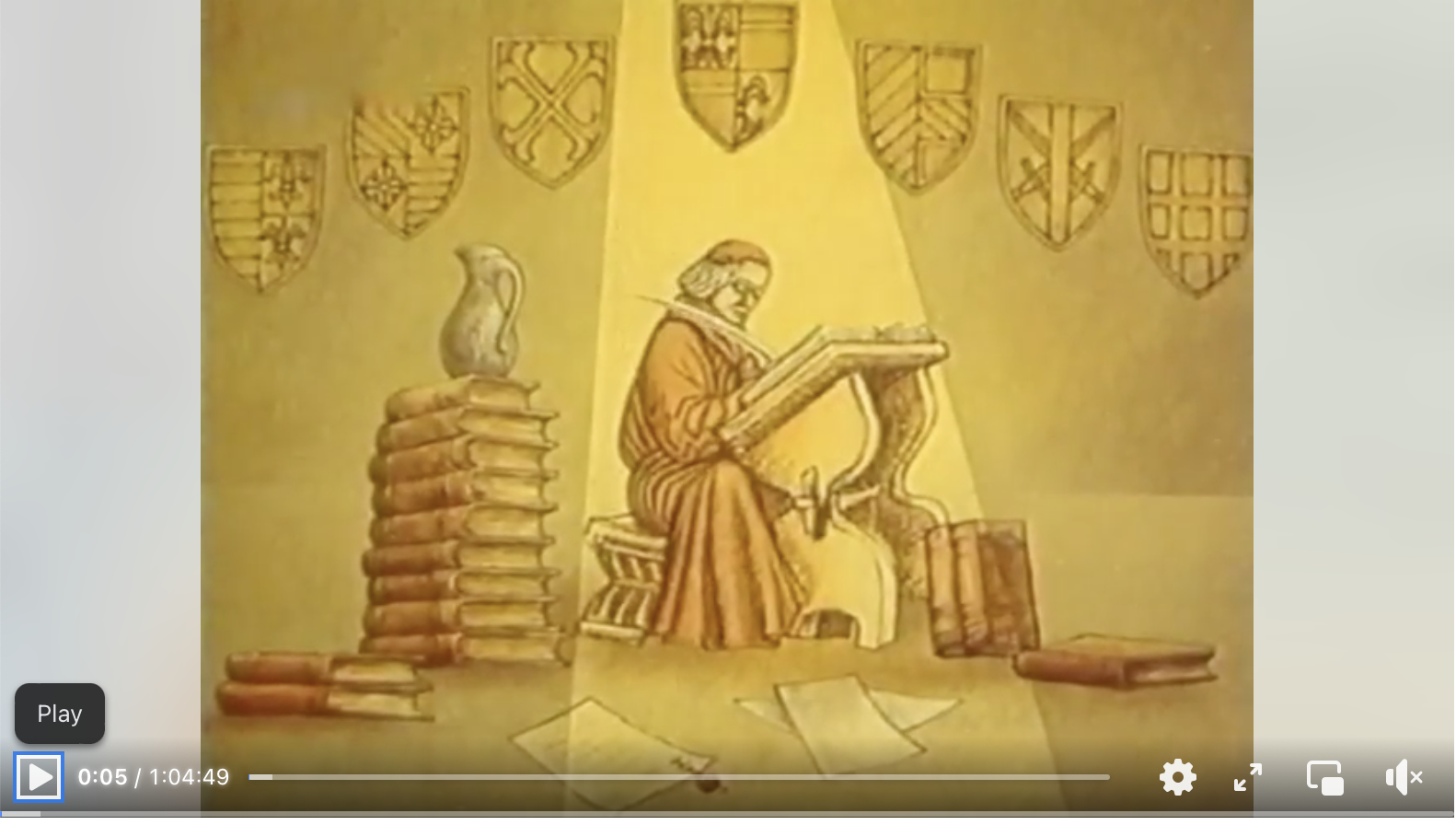
*
p.s. Hey. ** _Black_Acrylic, Yay, in the nick of time! Everyone, All of us, especially you in the suddenly and shockingly beleaguered USA, need some adrenaline and joy right now, and no one provides like _Black_Acrylic and his PlayTherapy sound fest, i.e. ‘The new episode of Play Therapy is online here via Tak Tent Radio! Broadcasting direct from Leeds, Ben ‘Jack Your Body’ Robinson brings you Italo, German Synth-pop and even Swiss Darkwave too.’ Treat yourselves! Seriously! Can not wait. ** David Ehrenstein, He was and always shall be, yes. ** Impossible Princess, Ha ha, hi. Yes, ‘Impossible Princess’ is really good. His short fiction collections are across the board. ‘Fascination’, the compilation of early and newer works that Semiotext(e) put out, might be the best entrance? His poetry books are great too. I love them all, especially ‘Action Kylie!’. ** brendan, Oh, slurp city. Thank you, magic man! I wrote to you, and, yes, if you’re not nodding out, Sunday’s good. Hit me up. Easiest flight possible. Love, me. ** Conrad, Hi, Conrad! I don’t believe Kevin’s work has been translated into French yet. You were at the Morgan Fischer screening? We keep being at the same events and I don’t see you. My eyes must be weirding out on me. The art I saw and especially liked and that I think is still up is … Morgan Fischer’s show @ Galerie Mitterand, Luc Tuymans’ show @ Zwirner, Charles Gaines’ show @ Max Hetzler, and Laura Henno’s video installation @ Palais de Tokyo (although the rest of the show there kind of sucks). You have a great weekend too! ** Steve Erickson, The last couple of days in the USA have been absolutely horrendous. Kevin’s early novel ‘Bedrooms Have Windows’ and ‘Bachelors Get Lonely’ are in the Semiotext(e) book ‘Fascination’ from 2018. And I just saw on Facebook this morning that they’re going to republish ‘Shy’, but they didn’t say when. I’ll try Chrisman, of course. ** Jeff J, Hi, Jeff! I think you might have seen this already, but Semiotext(e) is indeed going to republish ‘Shy’, but they didn’t give a date. No, I haven’t read that Keith Waldrop novel, and I didn’t even know he wrote a novel until right now. Huh, I’ll definitely track that down, thanks. I know Ulrike Ottinger’s work, but I haven’t seen ‘Paris Calligrammes’. If it’s on Criterion, I’ll go catch it. Cool. I have those Wire demos because they were included in the reissues of ‘Chairs Missing’ and ‘154’ several years ago, and, yes, they’re extraordinary, I agree. Film fundraising … err, we’re in a big push to get the funding by August 1st. I’m praying we get there. It’s possible, and we kind of need to or we’re fucked. So, we’ll see. It’s hard, quite hard, but it’s doable if we get very lucky. How are you? How’s writing and etc., etc.? ** Misanthrope, I’ve got your back when a pen is in your hand and otherwise. Or, wait, when your fingers are on the keyboard and otherwise. Buck up, buddy, it’s the truth. ** Bill, Same with my copy of ‘Shy’ even though it’s as crumbly as a very dry leaf. The new Peter Strickland … is it called ‘Flux Gourmet’? I didn’t know about it until just now. So, no, but obviously I’m curious. I’ll skip the trailer then. Great weekend to you, buddy. ** John Newton, Your friend is one lucky dog so far. Kevin and Dodie kept Kevin’s cancer pretty quiet. I never took LSD with Kevin, no. Or MDA, MDMA/ecstasy. I don’t think we even drank alcohol together. Mm, I can’t remember what cigarettes he smoked. ‘Desiree’ is terrific. It’s quite short, a chapbook. When I first moved over here, I was editing a big ‘Kevin Killian Reader’ book for the publisher Carroll & Graf, but they went out of business, and the book never happened. But, as a result, I have all of Kevin’s books here with me, which is nice. Cool dad story. My dad dated and almost married Mary Martin, most famous for playing Peter Pan, so she was almost my mother or, rather, I almost never existed. Excellent weekend to you! ** Okay. I thought I would give you a weekend to feast on the pioneering and giantly influential animation auteur Karel Zeman. Lots of fun up there in the post if you’re in the mood. See you on Monday.




 Now available in North America
Now available in North America 
Here’s another version of The Adventures of Baron Munchausen
Hey sorry for the delay. Both Pulse and Tokyo Sonata are great! I’d also recommend Loft, Retribution, and Seance. Maybe Daguerreotype too, though it’s a departure in some ways.
There must be gaps in my animation knowledge because Karel Zeman is a new name to me and her work is just wonderful. We were never taught about any Eastern European art in school, that’s my excuse anyway.
Super post… well done to the tremendous Mr D Cooper!
Impeccable as….
Always a pleasure to gaze…
certainly a little light relief from the truly awful events of late…
Love the Gif images one or two reminds me of that artist with the cut here…
Thinking on the unspeakable incident wot just happened in Norway….
Including and outside of the Herr Nilsen…. and the London pub…
How might we sleep at night Dennis?
Prayers at this time are surely a must…. well…. he’ll answer for his sins…
Godbless
Getting very into Dall.e mini which auto generates images. Think it might be your thing.
Xxx
I’m not familiar with Zeman’s work; looks terrific. Will definitely look at the clips soon.
Yes, the new Peter Strickland is “Flux Gourmet”. It just became available here on Amazon, not sure if it’s easy for you to see in Europe.
Just saw Charles Busch’s new movie “The Sixth Reel” at Frameline, by far the best thing I saw there this year. It’s his take on the “missing film” trope, a favorite of mine. Very funny, absurd and enjoyable.
I can’t believe the crap that’s been coming out of the Supreme Court in the past few weeks. People seem very politically energized today, will probably carry over to the parade tomorrow.
Bill
Hi Dennis, ‘Action Kylie!’ is also hard to find, and ‘Impossible Princess’ really calls my name, so I just made an order and can’t wait to receive it! I’ll let you know how I’ll get on with it (unless you have no desire to know of course…) Hope you had a joyous weekend filled with sweet twinks…? I’m getting my mojo back, today I reread some of my favourite bits from Anne Carson, Dennis Cooper, and Mishima – the three of you open my new poetry pamphlet. I think I need to reconnect with Mishima properly – I had this vision today when trying to meditate… So, I’ve been thinking have you ever done a post on Mishima? If so, where is it? If not, why (when)? Also, do you have a fave book by him? Mine is ‘Thirst for Love’, but I def need to read more of his stuff ASAP. Kisses from the Impossible Princess.
Dennis, Thanks again. <3
Into the office tomorrow for the first time in almost 2 1/2 years. Eek. Shouldn't be a problem. Just worried about how my cube has probably been gutted. And if the laptop will start up and work on the docking station. We'll see…
Hey Dennis – Really enjoyed this Karel Zeman day. I love his early films and had no idea about a number of his later works. Glad to know about them now.
Paris Calligrammes is on Criterion. Are you able to access that now?
I hadn’t seen that Semiotext(e) is planning to put out SHY, so your comment was very good news. I headed over to FB to thank Hedi. Hopefully it’s coming sooner rather than later. Did you see they were going to put out STRANGE LANDSCAPE but there some question about the translation? Sounds like that’s in limbo.
I’m doing okay. Hoping to hustle up more freelance work soon & trying to use the downtime to focus on the novel. It’s going slower than I’d like, but it’s steadily progressing. Julian Calendar plays a show (our first in 3 years) in a month or so. All new material with a new drummer. Both stranger & catchier than before.
Going to see MEMORIA in a few days. My expectations are fairly low after your reaction to it, but I can’t pass up the opportunity to see it on a big screen with good sound.